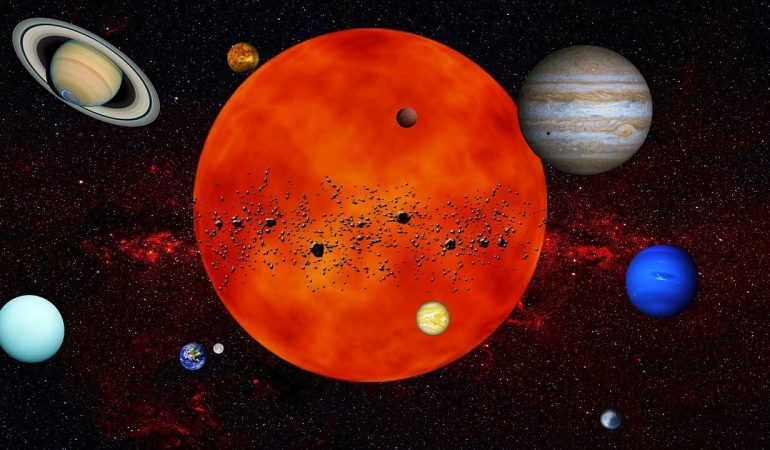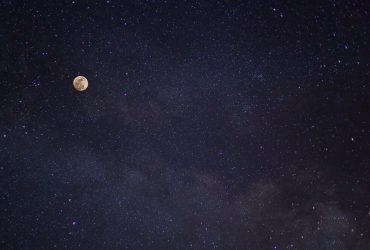11 Fun Facts About Uranus For Kids
Uranus is the seventh planet from the sun, and wasn’t discovered until 1781 with the help of telescopes, as it was too dim to have been spotted by ancient civilisations as many of the other planets in the solar system were. Here are a few little known facts about this planet so you can entertain dinner guests if the topic comes up.
Only one spacecraft has ever flown by Uranus
This happened back in 1986, when Voyager 2 whizzed by about 81,500 km away from the surface of the planet. It brought back the first close up images of the planet itself, and its rings and moons. The fact that the last expedition was so long ago and that we now have far superior equipment for collecting images and information begs the question: when is the next trip?
Uranus has rings
Although Saturn’s rings are the most well known in the solar system, Uranus has its own rings – though they are much harder to see. They are formed of two outer rings and eleven inner ones, made up of matter ranging in size from dust particles to small boulders. These rings are not thought to be as old as the planet, and probably formed when one or more of Uranus’ moons were broken up and were sucked into orbit around the planet. The rings were first discovered in 1977.
Uranus’ moons are named after fictional characters
William Shakespeare and Alexander Pope are responsible for the names of Uranus’ 27 moons, which are all frozen and dark, and are a mixture of ice and rock. Miranda is a moon of particular interest; it has a strange-looking surface filled with ice canyons and terraces, the origins of which puzzle astronomers.
Uranus moves around the sun every 84 years
This long, slow journey, and the tilt of Uranus’ axis means that at some point in its orbit one or other of the poles are pointed directly at the sun and receive about 42 years of direct sunlight. Definitely better than the two weeks of British summer, but you might get tired of the constant daylight!
It was first thought to be a comet
When William Herschel discovered Uranus in 1781, he thought it was a comet because of its dimness and the fact that he couldn’t see it clearly. When it was confirmed to be a planet, Herschel tried to have it named Giorgian Sidus after King George the Third.
Uranus is the only planet in the solar system whose name comes from Greek mythology
Another astronomer, Johann Bode, suggested the newly discovered planet be named Uranus after the ancient Greek deity Ouranos. It certainly slips off the tongue easier that the original suggestion! And what would generations of schoolchildren do without being able to giggle at the pronunciation of this planet?
It is a pale blue “ice giant”
Similar to other “gas giants” Uranus has a hydrogen upper layer with helium mixed in. It has an icy mantle, surrounding a rock and ice core, while the upper atmosphere is formed of water, ammonia and methane crystals. It is the methane that gives the beautiful, distinctive pale blue colour.
Uranus has the coldest temperatures of any planet
While Neptune is, on average, colder than Uranus, Uranus hits the coldest temperatures. Its minimum atmospheric temperature is -224 Celsius. Even brass monkeys wouldn’t stand a chance! Unlike the other large planets which all have extremely hot cores, Uranus’ has cooled to the point that it barely emits any energy.
Storms rage unseen on the planet
The upper atmosphere of Uranus is covered by a haze of methane, which hides the ferocity of the storms in the cloud decks below.
Uranus goes backwards
Ok, this isn’t really true – it just rotates in a retrograde direction, the opposite way to the Earth and most of the other planets.
You can see Uranus with the naked eye
You would have to know exactly where you were looking and what you were looking for, and there would need to be a completely dark night with no light pollution, but at magnitude 5.3 Uranus is just about inside the brightness scale that the human eye can perceive. To be honest, it’s much easier with a good telescope like these here!



